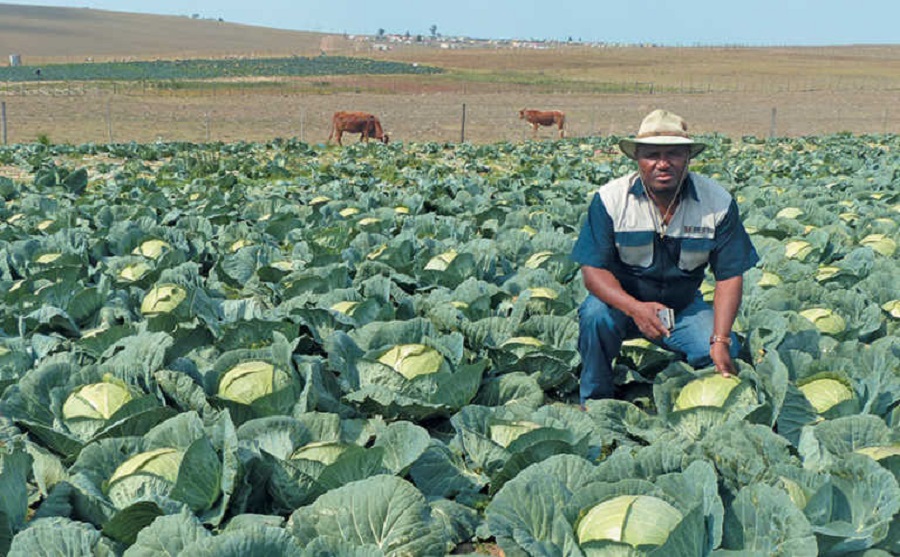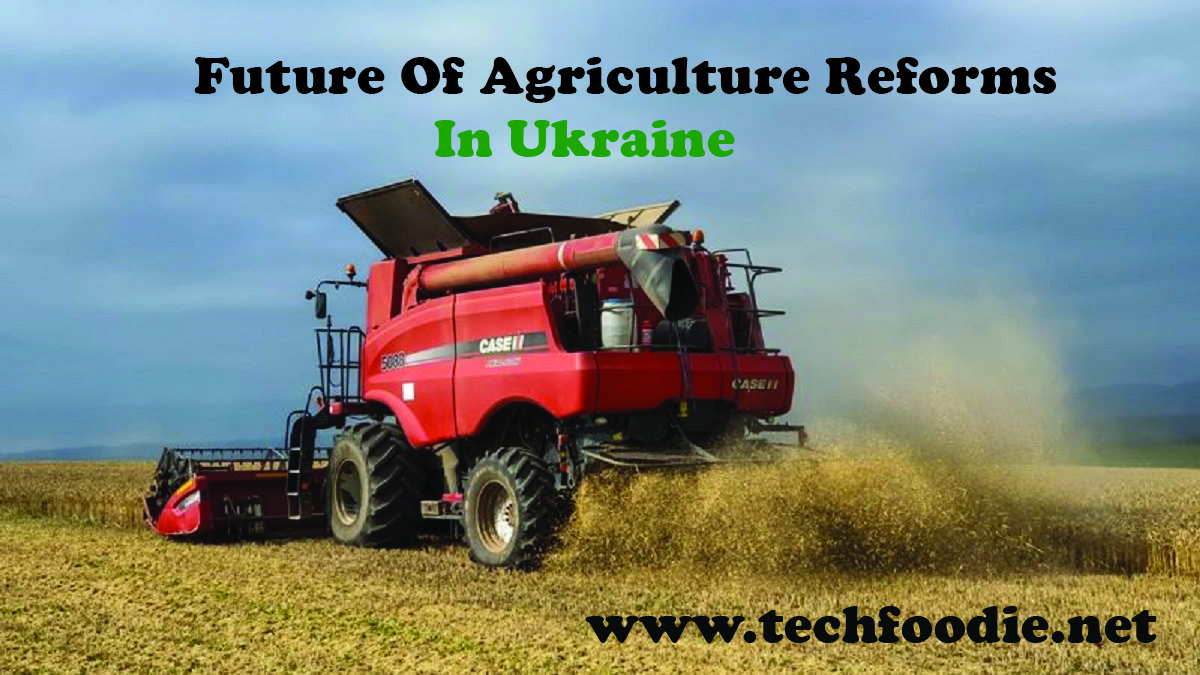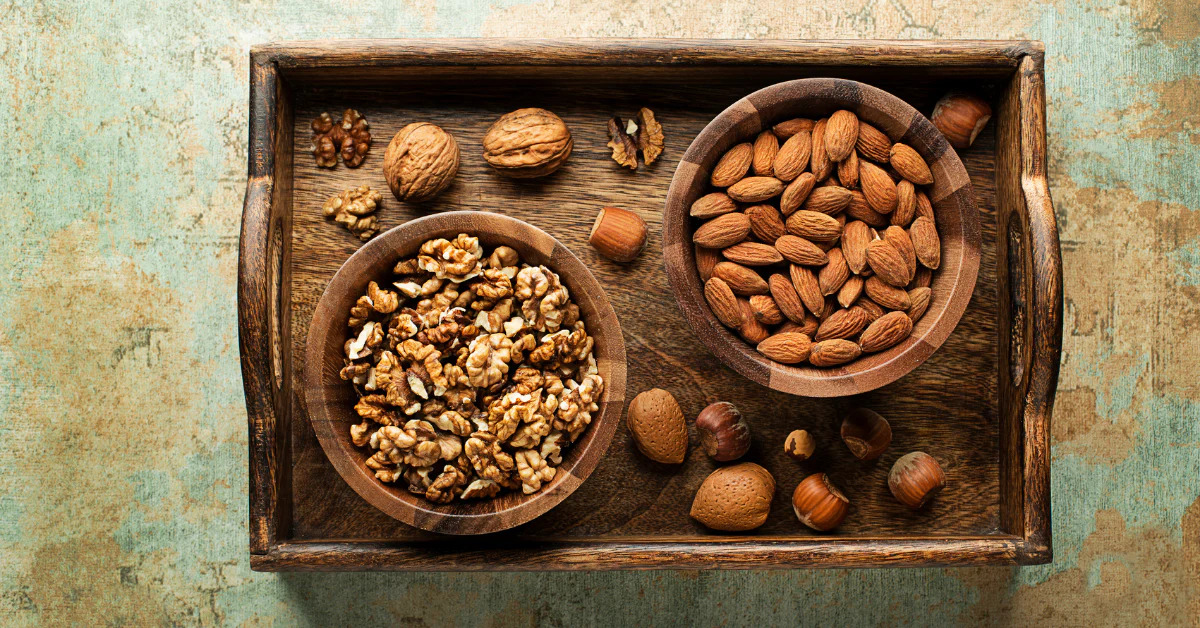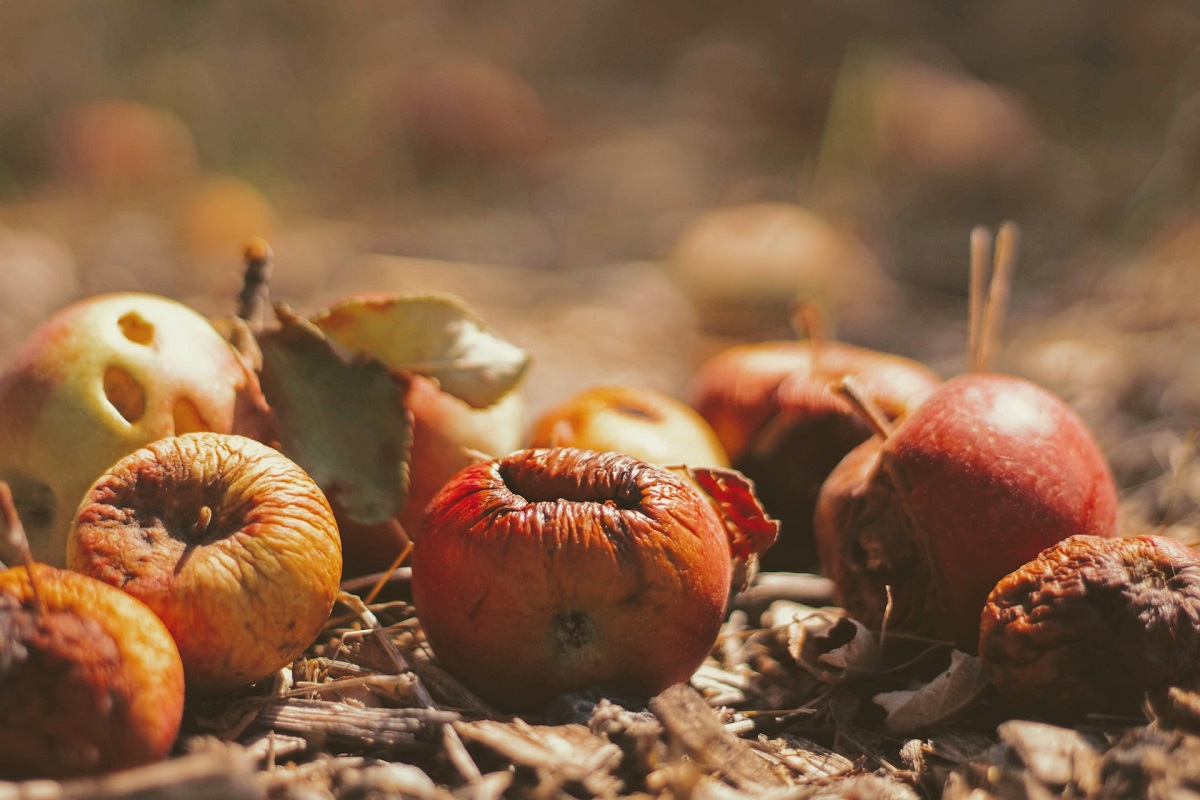What Is The Future Of Agriculture Reforms in Ukraine
Ukraine is one of the most fertile pieces of land on the planet, with 25-30% of the world’s reserve of black earth. The new agriculture reforms in Ukraine open up opportunities for the modernization of the irrigation system. The Government of Ukraine has recently adopted a new land reform law effective July 1, 2021, easing the ban on selling some types of agricultural land, although with some limitations. The opening of the land market and the implementation of the Ukrainian Government’s Irrigation and Drainage Strategy will encourage farmers to invest in new agricultural technologies like irrigation and drainage systems.
The war in Ukraine has affected the Ukrainian economy, including agriculture, energy, transportation, and logistics. As a result, the prices for commodities such as grains and vegetable oils have reached a record high. Now the invasion of Russian forces in Ukraine has sent prices even higher. The Ukrainian Government needs to implement some agricultural reforms. Otherwise, it may end up destroying the agriculture and food supply system.
In this blog, we will describe the importance of agriculture for Ukraine’s economy and the agricultural reforms
The Importance Of Agriculture For Ukraine's Economy

Nearly 8% of the GDP of Ukraine is derived from agriculture. It is a rate far higher than those of several of the largest manufacturers in Europe. Crops account for roughly 67% of all domestic agricultural production, making them the most important component. Animal production is still restricted to small farms and is only utilised for the personal consumption of the farmers, despite the industry showing indications of recovery following a serious crisis in the 1990s.
Ukraine is the second largest country in terms of acreage after Russia, with a total of 41.5 million hectares of agricultural land, out of which over 32 million hectares. Ukraine has a favorable climate and good quality soils, half of which are highly fertile Chernozem.
All of these agricultural conditions make Ukraine one of Europe’s leading grain producers. It is the largest corn producer in the continent and the second largest producer as well as exporter of corn, sunflower, and sunflower oil. In addition, it is also a leading producer and exporter of wheat and barley.
In the years 2005 to 2012, the export of food and agricultural products increased by 315%. It makes agriculture Ukraine’s second most important export sector after the steel industry. Ukraine was highly productive and efficient in grain production, and it exported 23 million tonnes of grain in 2013/2014. With these facts, the US Department of Agriculture estimated that Ukraine might be the world’s second-largest biggest exporter in that marketing year.
Destroying Ukraine’s agriculture sector has been the main goal of the Russian invasion, and within seven months, it has successfully targeted Ukraine’s Farms, fields, warehouses, transportation infrastructure, and agriculture research institutes. These attacks highly impacted the series of the wheat harvest. The wheat planted in 2021 was in the ground at the time of the attack and harvested in the summer of 2022. The future sowing and cultivation of wheat depends on the availability of inputs and infrastructure of the country.
Ukraine’s agricultural infrastructure, fertilizer industry, storage infrastructure, and labor force have gone through varying levels of damage since the war broke out. Agricultural productivity must pay particular attention to these sectors and bring in proper reforms to improve the future of Ukrainian agriculture.
Ukrainian Adopts Agriculture Land Reform
Since the time of its independence, the country has yet to be able to capitalize on these agricultural riches fully. Instead, Ukraine is among one of the only six nations in the world without an agricultural land market. However, the situation is now being changed, and Ukraine is getting ready to take its place as an agricultural superpower.
The government of Ukraine will lift the restriction on the sale of specific types of agricultural land in accordance with a recent agricultural reform. Ukraine is primarily an agricultural nation, with 70% of its land used for agriculture, as we’ve already mentioned. Around 17% of Ukraine’s GDP was produced by the processing sector of the country’s agriculture in 2018.
However, a ban on the selling of arable land is largely to blame for the disparity between Ukraine’s actual and prospective output quantities. Due to the ban, large farms must rely on land leases, which makes it difficult for farmers to acquire financing and deters them from making irrigation and drainage improvements.
What Are the Land Agricultural Reforms in Ukraine?
- Modernization of operational systems
- Expansion of the irrigation system of new areas that are not previously irrigated.
- Rehabilitation of systems that have fallen into disrepair.
- Replacement of high-pressure water-driven center pivots with motor-driven low-pressure sprinklers.
- Improvement and repair of buried pipe networks to minimize failures.
- Modernization of electrical transformers or control systems depending on their current conditions.
- Replacement of conventional pups with newer low-pressure pumps.
- General improvements and repairs to pump station buildings.
Conclusion
Ukraine stands today on the threshold of historic change. The adaptation of agricultural land reforms by the Ukrainian Government and the farmland market opening will boost the country’s already powerful agricultural sector. It will help to eliminate corruption and drive growth. You will see the significant impact of these reforms on the wider Ukrainian economy that will ultimately add certain points to the country’s GDP.
Ukraine’s land reforms are only possible with the requisite political will of the current authorities. For decades, politicians opposed these reforms and used the shadow land market to their advantage. However, the land reforms will improve the future of agriculture in Ukraine by encouraging the modernization of irrigation and drainage systems.
Read More: ORGANIC MEAT VS NON ORGANIC MEAT



